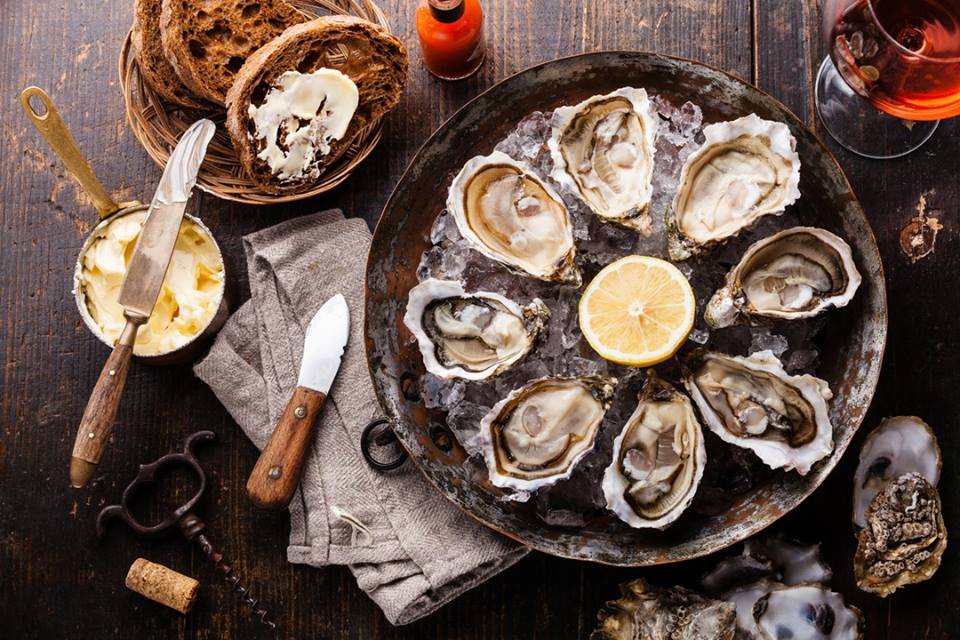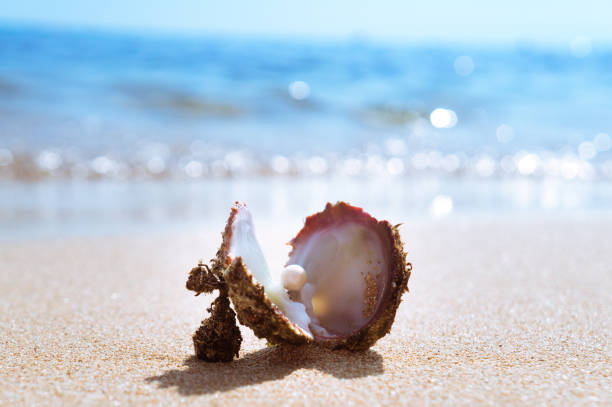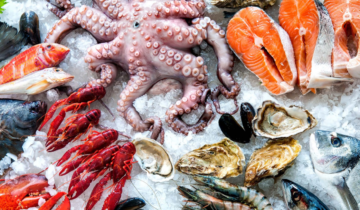
Introduction
Get ready to dive into the fascinating world of oysters with our collection of fun facts! These intriguing creatures have captured the curiosity of humans for centuries, and it’s time to uncover some captivating tidbits about them. From their surprising abilities to their role in history and culture, prepare to be amazed by the enchanting world of oysters. Join us as we explore these delightful and intriguing facts that will leave you with a newfound appreciation for these marvelous mollusks. Let’s embark on a journey of oyster discovery like never before!
What is an Oyster?
An oyster is a type of mollusk that is commonly consumed as seafood. It belongs to the bivalve family, characterized by its two hinged shells. Oysters are found in both saltwater and freshwater environments and are known for their unique taste and texture. They have a soft, fleshy interior and are typically consumed raw, steamed, grilled, or used in various culinary preparations such as oyster stew or Rockefeller. Oysters are highly valued for their briny and savory flavor, often described as a combination of sweetness and saltiness. They are also cherished for their association with luxury and indulgence in many cultures around the world.
1. Oysters formed during the Triassic period
The length of an oyster measured about 12 feet. They dated back to about 200 million years earlier, during the Triassic period. They grew on the latest coral reefs at the shallow depths, eventually evolving into the smaller, reef-forming creatures we adore today.
2. Humans enjoyed oysters for 164,000 years, as noted by the archaeologists
Author Jonathan Swift said, “he was a bold man that first ate an oyster.” Still, in reality, humans had savored oysters since the Mesolithic period, and it was noted that humans had pried open the shells with rocks. At the same time, archaeologists discovered the consistent fire-scorched marks that suggested that humankind had dined on the roasted oysters for a long time before these slimy creatures were on their half shells, presently known as oysters Rockefeller.
3. Shells of an Oyster Were Used As Mortar
New York City had an overabundance of oysters and their gigantic shells till the 1700s. There were numerous oversized oysters, and then New Yorkers started repurposing the discarded shells into mortar paste. The mortar paste made from oysters was used for building all kinds of buildings across the city, and Trinity Church is the perfect example of a building constructed using oyster shells.
4. The Romans were the first who cultured oyster reefs 2,000 years ago
We should thank the Roman Empire for inventing oyster farming. First, they collected the seed stock near the mouth of the Adriatic Sea. Then, they got them transported back for cultivation in Italy. As a result, these oysters were commonly known as the Native Oysters found in the digs of Roman archaeology.
5. Oysters were eaten commonly by the working class
Oysters have lost some of their status as a delicacy during the early part of the 19th century, although the Roman Empire once prized them. The working class ate oysters as a substitute for beef. In contrast, the Victorian lower classes regularly enjoyed oyster pie as their go-to meal. The city streets had lined up with the oyster establishments back in the day.
6. Natural pearls are widely regarded as the most elusive gemstones on Earth.
When we exclusively consider pearls that are formed naturally within oysters, rather than those cultivated in laboratories, their scarcity becomes even more apparent. In fact, less than 1 in every 10,000 wild oysters produce pearls. The population of these wild oysters continues to be impacted by past overfishing, further accentuating the rarity associated with natural pearls. With a staggering value of $100 million, the world’s most expensive pearl reigns as a true pinnacle of opulence.

7. In a bid to win a legendary bet, Cleopatra harnessed the power of pearls
With her sights set on hosting the most extravagant dinner in history, she seized the opportunity to showcase her wealth by adorning herself with a remarkable pair of massive pearls as earrings. Cleopatra commanded her servants to procure the finest vinegar available and dissolve one pearl in the solution. She fearlessly consumed this concoction, cementing her claim to have savored the most expensive cocktail ever witnessed.
8. People have used oysters as currency
During the 19th century, in certain regions, oysters took on an unexpected role beyond being a delectable seafood delicacy. They became an alternative form of currency, serving as a means of trade and exchange for goods and services. This unconventional use of oysters as currency reflected the significant value attached to these bivalve mollusks during that time. In areas where oysters were abundant and considered a valuable resource, they became a recognized medium of exchange. People would barter and negotiate using oysters as a form of payment, allowing them to acquire essential items such as food, clothing, tools, and other necessities. Oysters, being a natural resource readily available in coastal regions, became a practical and widely accepted means of trade.
9. There are over 100 species of Oyster
Oysters encompass a diverse array of over 100 species, each with its own distinct characteristics. While the Pacific oyster holds the title of the most widely consumed species, numerous others contribute to the oyster world. Varieties such as the Olympia oyster, the European flat oyster, and the Easter oyster offer a range of flavors and textures. The specific growing regions play a vital role in shaping the unique attributes of each oyster species.
10. Oyster play an important role in improving water quality
Oysters play a crucial role in enhancing water quality due to their remarkable ability as filter feeders. By consuming algae and other particles present in the water, they actively clean and purify their surrounding environment. It is astonishing to note that a single oyster can filter as much as 50 gallons of water each day, showcasing their significant impact in maintaining the health and clarity of aquatic ecosystems.
Conclusion
Oysters have left a lasting impact throughout history, serving as both a culinary delicacy and an ecological powerhouse. From their cultural significance to their role as natural filters and habitat providers, oysters showcase the intricate connection between humans and the environment. Whether enjoyed on a plate or admired for their environmental contributions, oysters remind us of nature’s invaluable presence in our lives.

Discover our large oyster selection. Enjoy the best oysters from France delivered directly to your door! Seafood Society provides caught-to-order seafood from small artisanal fisheries in France and around the world while prioritizing sustainability, traceability and seasonality. Shop from the same suppliers used by top chefs from your favorite restaurants in Hong Kong and Macau.





 No products in the cart.
No products in the cart. 
